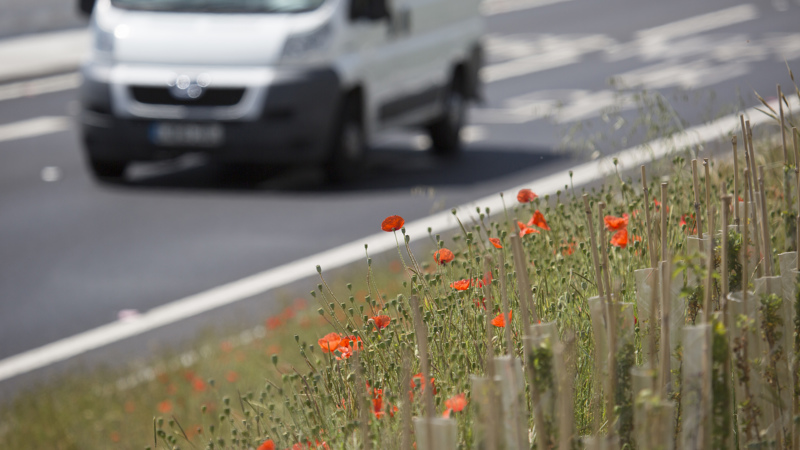Air quality speed limit trials
We’ve trialled 60 mph speed limits on five short sections of our network where action needed to be taken to reduce emissions and improve air quality.

What is happening?
We have completed our work examining the impact of the 60mph speed limits made to roadside levels of nitrogen dioxide.
We've now published the results of our research.
Where were these limits in place?
Locations where air quality has improved
Speed limit trials at these locations are now complete, after evidence showed that air quality at these locations has improved:
- M1 junctions 34 to 33 Rotherham
- M6 junctions 6 to 7 Witton
- M602 junctions 1 to 3 Eccles
- M4 Harlington junctions 3 to 4 west bound
M5 junction 1 - 2 Oldbury
M5 junction 1 - 2 Oldbury is the only location with a speed limit remaining in place.
The 60mph speed limit will remain in place while we work through the legal process needed to remove the 60mph speed limit.
In the meantime road users will need to keep driving to the displayed speed limits.
Why these locations?
The locations above were identified as locations where nitrogen dioxide (NO2) levels exceeded the legal annual mean limit level (40 µg/m³).
We have a duty to bring these locations into compliance with the limit value in the shortest possible time where feasible options exist.
How did these trials work?
Our earlier research into changes in tailpipe emissions from cars and vans showed there would be a reduction in emissions when speeds are reduced from the national speed limit (70mph for cars and vans) to 60mph.
We've trialled this approach on-road, to assess whether reduction in the speed limit can be measured as a change in NO2 concentrations at our roadside air quality monitoring stations.
The 60mph speed limit were in force 24 hours a day:
- to maximise the effectiveness of the speed limits
- because the legal NO2 threshold is set as an annual mean (the average of all hours in the year)
The only time they may have changed was if there had been a breakdown or an emergency for example requiring a different speed limit to be displayed.
The 60mph speed limits are clearly displayed on roadside signs.
Evaluating the trials
When we looked at the way drivers responded to the new 60mph speed limits for air quality, we found:
- very good levels of compliance with the displayed speed limit
- an obvious reduction in the average speed before and after the 60mph speed limit went live
Overall, we found levels of nitrogen dioxide had reduced in all locations across our network over the timescales we included in our analysis.
This was mainly due to newer vehicles entering the fleet which have lower emissions than the older vehicles they replaced.
Our analysis didn't show any further improvements in measured concentrations solely due to lowering the speed limit.
